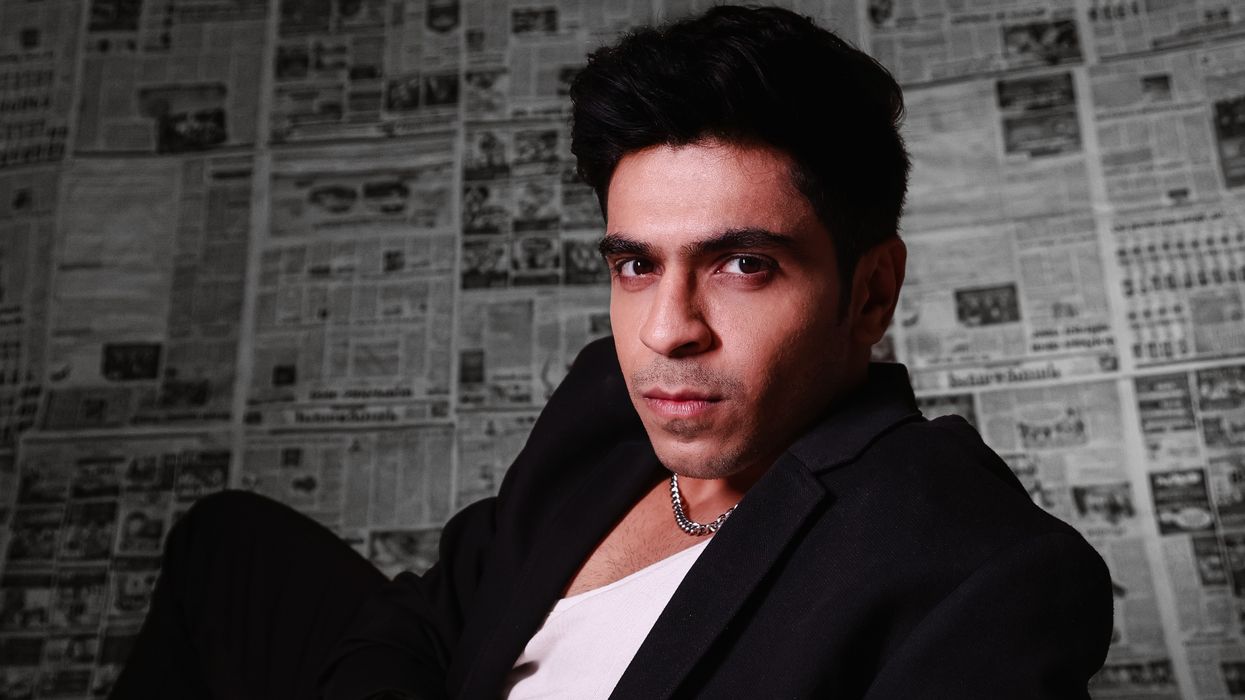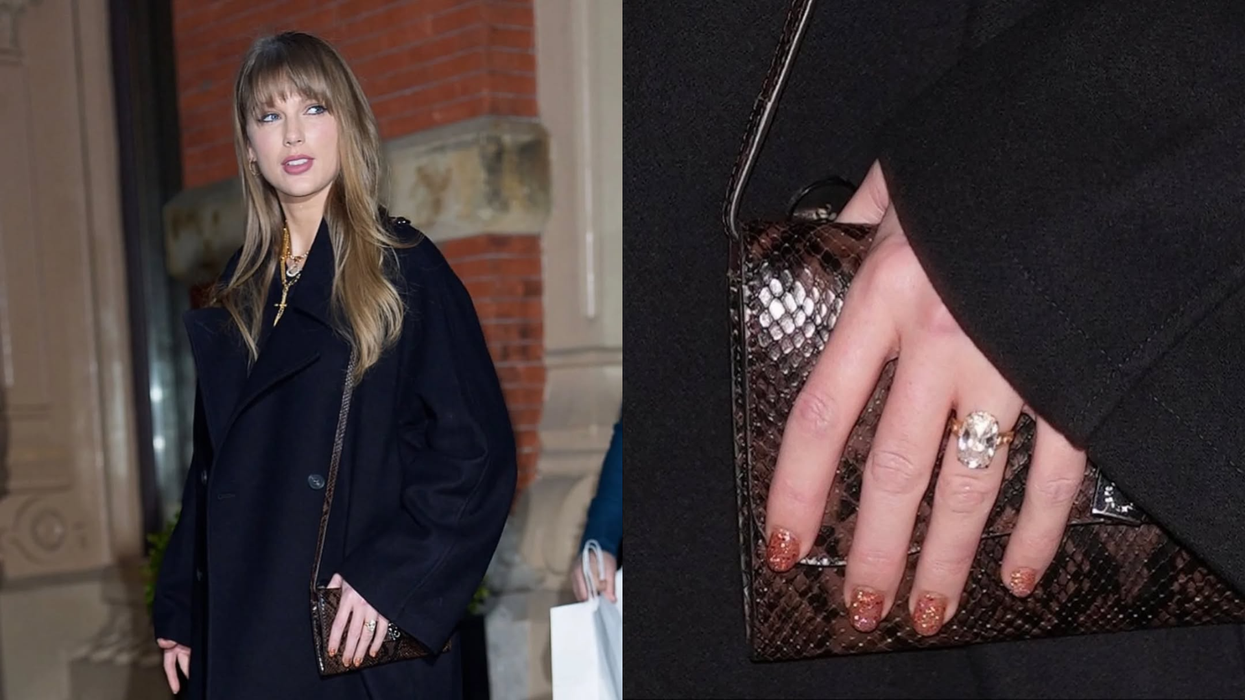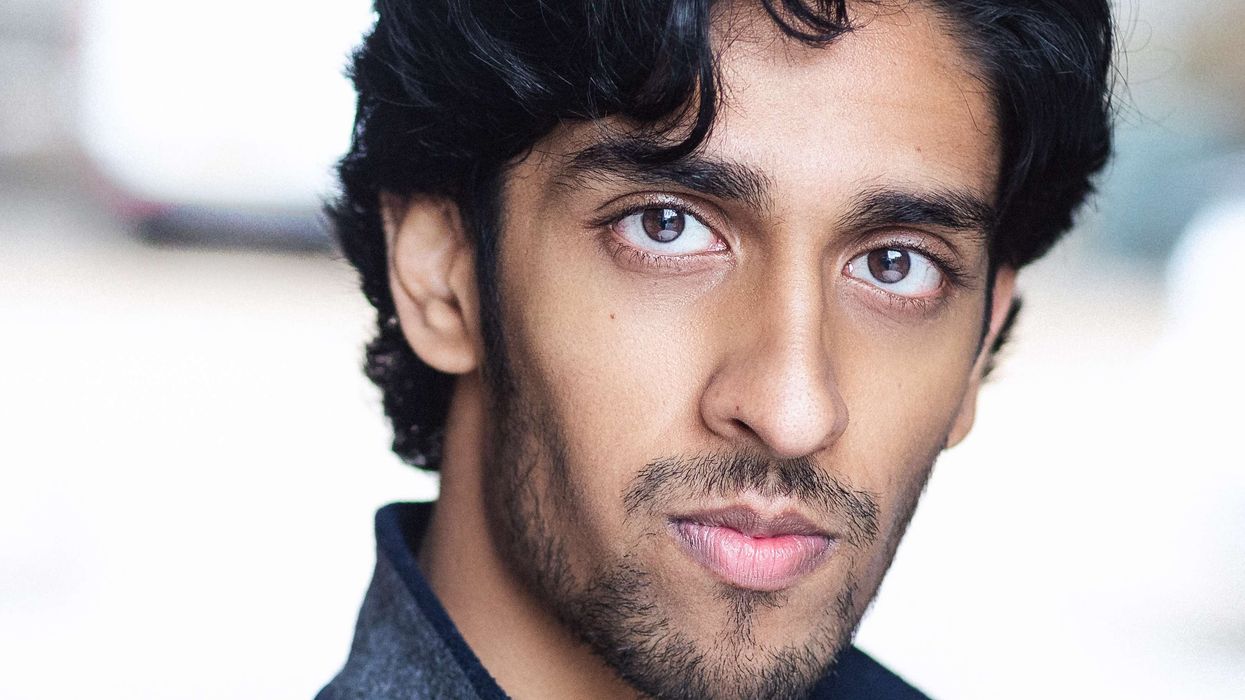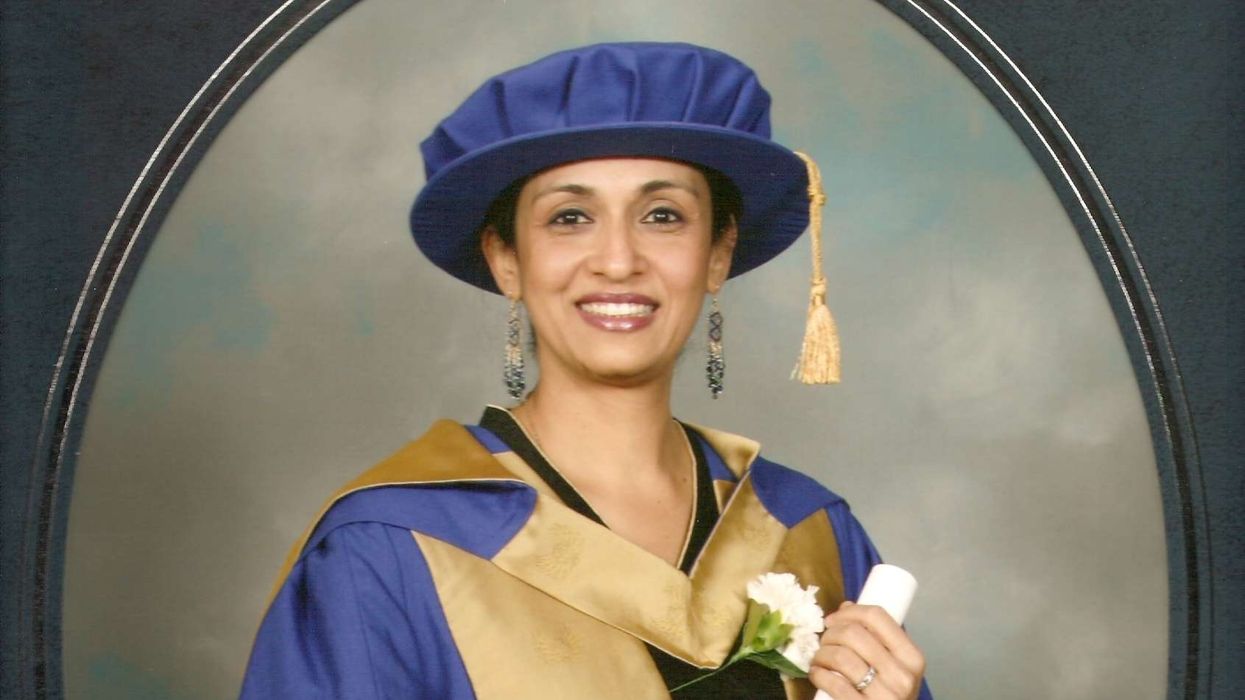Starting his journey on stage at the tender age of four, Jay Thakkar has grown up in front of the camera, having transformed from a precocious child performer into a versatile actor known for compelling roles across television, web, and cinema.
Whether mimicking dance moves in competitions as a child or biting into dark, psychologically complex characters as an adult, Thakkar has always approached his craft with sincerity, resilience, and emotional depth. His latest project, Bhool Chuk Maaf, a time-loop Bollywood film, was recently released on Amazon Prime. It marks yet another bold turn in a career built on fearless choices. In this exclusive interview with Eastern Eye, he reflects on key roles, lessons learned, working with legends, what drives him as an artist, and his future. He also shares fond memories of working with the late actor Sushant Singh Rajput.

How do you reflect on your journey as an actor?
As a child, I participated in various competitions and often found myself mimicking actors and dance performances. These early experiences instilled in me a love for performance and storytelling. Over the years, facing both opportunities and rejections, I’ve grown as an actor and individual. Each experience, whether triumphant or challenging, has shaped my perspective and deepened my commitment to the craft. Performing never felt like a task – it felt like expression. These collective experiences have given me an understanding of resilience, humility, and growth – lessons I still carry with me every day.
Which of the roles has been closest to your heart?
The role of Sethji in Colors TV’s Laagi Tujhse Lagan holds a special place in my heart. Produced by Paresh Rawal and Hemal Thakkar, this character took me on an emotional journey – from innocence to a young gangster, and finally to a heartbroken child dealing with his mother’s incarceration. Adopting the ‘tapori Bambaiyaa’ accent and portraying a lower-middle-class chawl boy added layers to the character. This role allowed me to explore a wide emotional spectrum, making it both challenging and rewarding. It taught me that even in a limited arc, if the emotions are real, they leave a lasting impact.
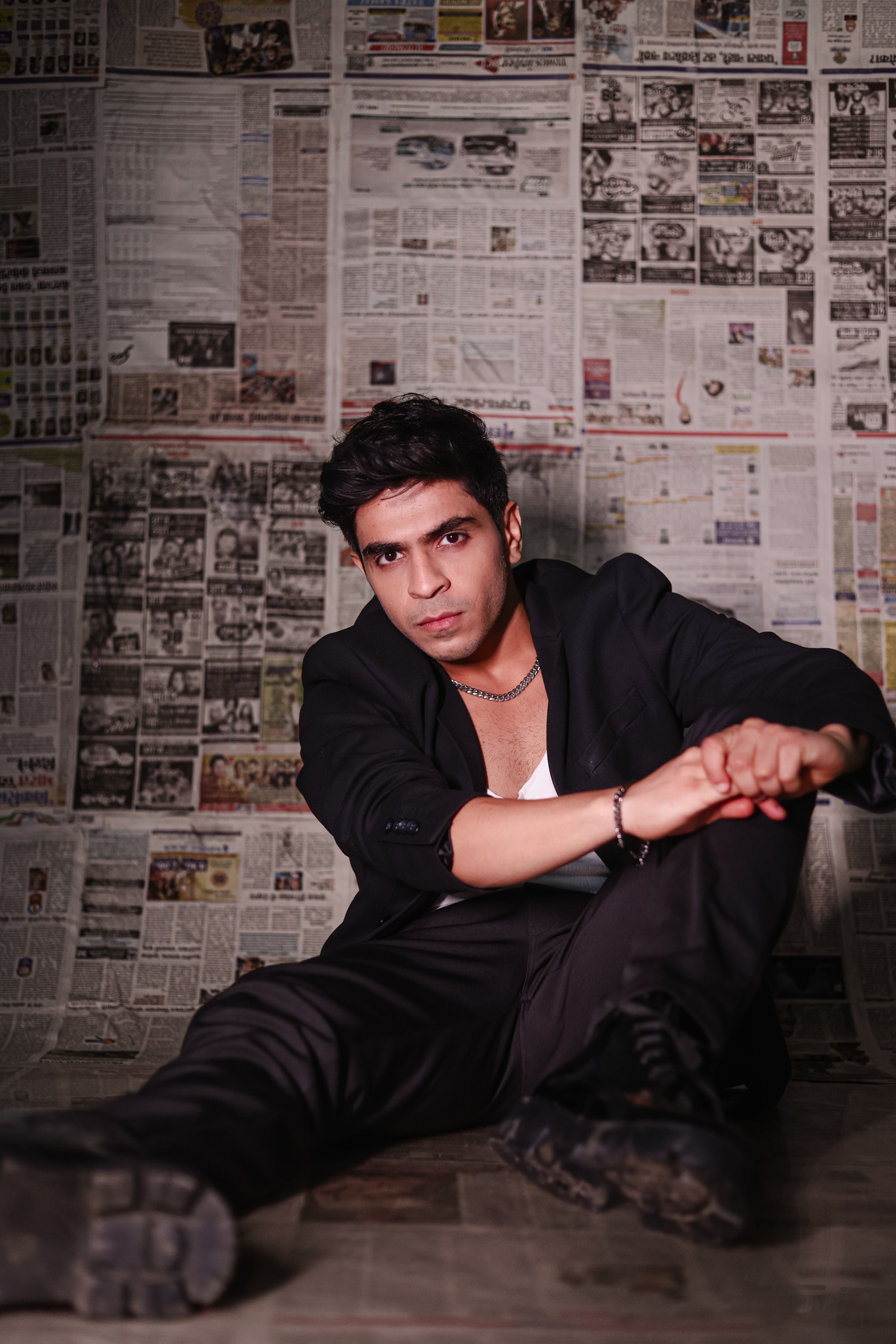
Which project challenged you the most as an actor?
Portraying psycho-terrorist Muzammil in Sony LIV’s Adrishyam was one of my most demanding roles. The character was sociopathic, merciless, and completely devoid of empathy. In one intense scene, he bites off his father’s ear and, during interrogation, chews on his own nails – highlighting how unhinged he is. Sharing the screen with Divyanka Tripathi, who played an Indian secret agent, added further intensity to the performance. It pushed me to dive deep into the psyche of someone emotionally detached from humanity. I had to access a kind of darkness I had never explored before – it changed me as an actor.
Does your approach change between film and television?
Yes and no. Technically, film allows more time for introspection and preparation, while television trains you to think on your feet. But emotionally, my commitment remains the same. Whether it is a 30-second scene or a three-minute monologue, I aim to serve the character with authenticity and heart. The medium may shift, but my mindset is always rooted in honesty and empathy. Television’s fast-paced nature demands quick adaptability, often with limited preparation time.

And what about film?
In contrast, films allow for deeper exploration of character and more time to develop nuance. But regardless of the medium, my approach stays consistent: understand the character’s psyche fully and deliver a performance that resonates with the audience.
What was the experience of working on Bhool Chuk Maaf?
It was a transformative experience. I spent months preparing – working with a dialect coach and immersing myself in Banaras to learn the local slang and tone. That preparation was essential to bring authenticity to the role. Working alongside Rajkummar Rao, Wamiqa Gabbi, and legends like Sanjay Mishra ji and Seema Pahwa ji was enlightening.
Do any moments from the shoot stand out?
Yes, one in particular. During a dance sequence, Rajkummar and director Karan Sharma sir noticed my energy and insisted I join the song, even though I had not rehearsed. Their encouragement made me feel valued and reinforced the collaborative spirit on set. There was a deep respect for the craft throughout the team. When you are surrounded by such passion, it does not feel like work – it feels like purpose.
You also worked with Sushant Singh Rajput on Pavitra Rishta. What are your fondest memories of him?
Sushant bhaiya was pure magic on set. He stayed grounded, no matter how much fame came his way. He would joke with me, share his food, and talk to everyone like a playful, innocent child. He once told me, “Never stop being a student of life,” and that has stayed with me. He was not just an actor – he was a thinker, a dreamer, and a beacon of humility. I fondly remember him stealing theplas from my tiffin during shoots.

Tell us more about your time working with him.
Even as his fame grew, he remained humble and generous with his time. He encouraged me and offered guidance. His dedication to acting and his authenticity left a lasting impression. One of my favourite memories is him telling me to stay curious and keep learning – advice I live by today.
What can audiences expect next from you?
I am looking forward to the release of my next film, Apna Amitabh. I am also part of a web series titled Pranksters. I have done several high-profile ads and am in talks for new film and series projects that will begin soon. Right now, I am focused on roles that challenge me and say something meaningful. I am not in a rush, but I am hungry for layered storytelling.
Do you have a dream role?
I am drawn to characters that challenge societal norms and explore deep emotional layers. I would love to play a morally grey protagonist – someone who is flawed, yet relatable. Such roles let you explore the full range of human behaviour and complexity. I would love to play a conflicted revolutionary – someone who walks the line between right and wrong and makes the audience think. Such characters allow you to show both strength and vulnerability.
Who is your acting hero?
Shah Rukh Khan has always inspired me. His journey from humble beginnings to global stardom shows what passion and dedication can achieve. His emotional range and authenticity on screen are remarkable. Internationally, I admire Denzel Washington – the intensity and depth he brings to every role is powerful. Both actors prove how cinema can transform and move people.

If you could master something new, what would it be?
I would love to master calisthenics, martial arts, and classical Indian dance. These disciplines train not only the body but also the mind and spirit. As an actor, your body is your instrument. The more control and expression you develop, the more powerful your performance becomes – sometimes without saying a single word.
What inspires you as an actor?
Real life inspires me more than fiction ever could – the flaws, contradictions, and hopes people carry. I observe unspoken gestures – a tired smile, a long pause, a look of doubt. Every person is carrying a story, and as an actor, it is my job to honour that with honesty. The struggles and triumphs of everyday people drive my passion. Everyone has a unique narrative, and I want to bring those stories to life with empathy and truth. The human experience is endlessly rich – and it reminds me why cinema matters.
